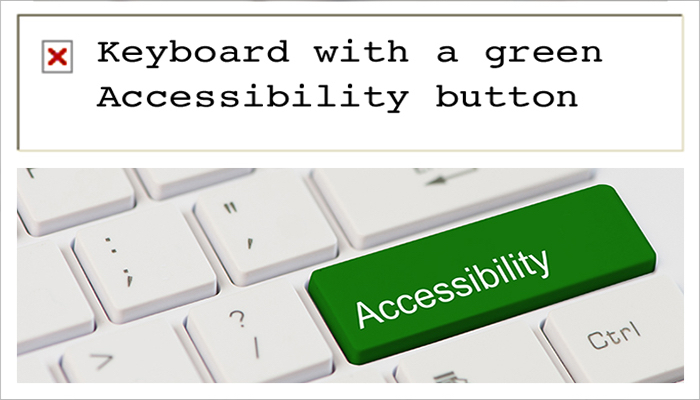Designing for accessibility
Approximately 15% of the world’s population live with some form of disability. And all too often the needs of these people are not given the necessary weight during the design process, whether that be for a restaurant, a bus shelter ad, or a website. As governments across the globe tighten accessibility requirements, designers need to pivot and adjust how they look at creative – and not just because it’s the law, but because it’s the right thing to do.
So what can we do, in terms of being inclusive in our design?
Colour and contrast
Using high contrasting colours in your design will definitely help mitigate impairment issues. However, we can’t simply stop there. There are several other challenges we have to consider as well.
Think about those who might be colour blind. Changing the colour may not solve the issue. That’s where contrast and increasing the size, or boldness, of the text will help tremendously. Or maybe the text reacts, in some form or another, with the user to be more obvious for them to see and read. And when it comes to web forms, having a clean, minimalistic look is a current trend, but we have to make sure the form fields are clearly labeled, always visible, and, again, use a high contrast text ratio.
Usability and navigation
Another thing to keep in mind when considering design accessibility, specifically on a website, is to think about the keyboard. There are a number of users who surf the web without the use of their mouse or trackpad (cursor). A keyboard-focused site, that can work by scrolling using the up/down, left/right, tab and enter buttons, can greatly increase someone’s experience – which is never a bad thing.
Imagery and alt text
A picture is worth a thousand words. But don’t rely solely on that image to get your message across. Combine images with headlines and copy to tell your story. A photo may not contain enough contrast or have a level of detail a partially sighted person might not be able to read. And of course, make sure your images all use alt text which can be read aloud by a screen reader.

Development and coding
When a website design gets handed off to the development team it’s critical that they not only bring the designer’s vision to life on the screen, but that the framework underneath, those elements that the user never sees, is built to meet or exceed the guidelines. They must ensure that assistive devices can interact with the web page as effectively for all users regardless of abilities.
But we can’t stop there. It’s not enough to design so that the disabled community can consume the content we create. It’s also important to include them in our creative. There’s been a lot of conversation around the lack of representation of the black community, and other racially marginalized groups, in the past year. And designers and writers have made progress in being inclusive, with more work to be done. It’s time to also make sure that we represent the visibly disabled, and to show them that they are part of our community as well.
Needless to say, designing with accessibility in mind may be challenging, but there are some pretty creative solutions, and benefits, for doing so. Great user experience is not just for the many, but for all.
With contributions from Scott Cooper.